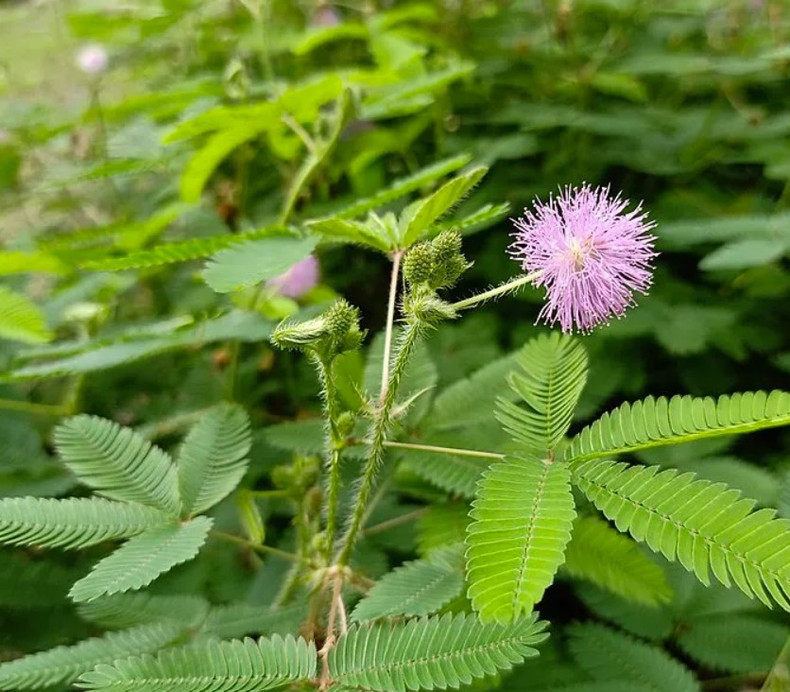
Psoriasis is a chronic skin condition characterized by the rapid buildup of skin cells, leading to dry, itchy, and inflamed patches on the skin's surface. While there is no known cure for psoriasis, various natural remedies have gained attention for their potential to alleviate symptoms and promote healthier skin. One such remedy is Mimosa Hostilis root bark, which has shown promise in managing psoriasis. In this post, we will explore how to effectively use Mimosa Hostilis root bark to potentialy alleviate psoriasis symptoms and improve the overall quality of life for those affected.
Understanding Mimosa Hostilis Root Bark: Mimosa Hostilis, also known as Jurema or Mimosa tenuiflora, is a tree native to South America. It has a rich history of traditional use among indigenous communities for its medicinal properties. The root bark of Mimosa Hostilis contains various compounds, including tannins, flavonoids, and alkaloids, which are believed to possess anti-inflammatory, antimicrobial, and antioxidant properties.
Preparation and Topical Application:
- Sourcing Quality Mimosa Hostilis Root Bark: Ensure that you obtain your Mimosa Hostilis root bark from a reputable source to guarantee its purity and potency. It is crucial to select organic and sustainably sourced materials.
- Powdering the Root Bark: Grind the dried root bark into a fine powder using a blender, grinder, or mortar and pestle. The powder should have a consistent texture for optimal extraction.
- Creating a Topical Paste: Mix the powdered root bark with a carrier substance such as coconut oil, olive oil, or shea butter. The carrier oil helps improve absorption and provides additional moisturization to the affected areas.
- Patch Testing: Before applying the paste to larger areas of your skin, perform a patch test on a small, inconspicuous area to check for any adverse reactions or allergies.
- Application and Massaging: Gently apply the Mimosa Hostilis paste to the affected skin areas, massaging it in circular motions. Ensure that the paste covers the affected patches evenly.
- Duration and Frequency: Leave the paste on the skin for a minimum of 30 minutes or overnight, depending on your comfort level. Rinse off the paste with lukewarm water afterward. Initially, try applying the paste two to three times a week and monitor the skin's response. Adjust the frequency based on your skin's sensitivity and reaction.
Mimosa Hostilis root bark offers a potential natural remedy for managing psoriasis symptoms. Its anti-inflammatory and antimicrobial properties may help soothe the skin, reduce itchiness, and promote healing. However, it is important to remember that results may vary, and what works for one person may not work for another. It is always recommended to approach natural remedies with caution and consult with a healthcare professional to ensare the most appropriate treatment plan for your individual needs. With proper care, an open mind, and a comprehensive approach to managing psoriasis, you can embark on a journey towards healthier, more comfortable skin.

